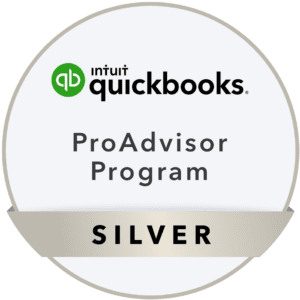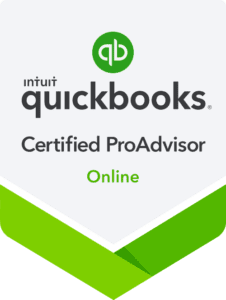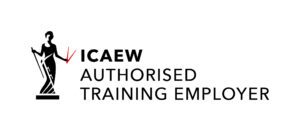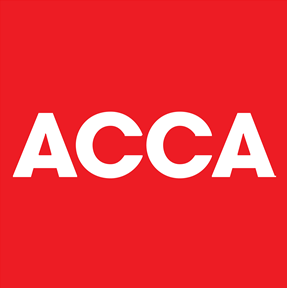5th self employed grant opens for applications
Table of Contents
HMRC has confirmed that applications for the fifth grant for Self Employment Income Support Scheme is now open for online submissions. The fifth grant can be claimed if you think that your business profit will be impacted by coronavirus between 1 May 2021 and 30 September 2021. There are some rule changes for the fifth grant which are important to take into account.
What are new rules for fifth SEISS grant?
The rules for grant five are largely the same as those for grant four with the key exception of a new turnover test, discussed below.
- The turnover test is not a bar to claiming grant 5; it only comes into effect once the applicant has satisfied themselves that they meet the prerequisites for filing a claim. Instead, it calculates the award amount as follows:
- if the turnover requirement is met, the person can claim an amount equal to their three-month average profit multiplied by 80%, up to £7,500; and
- If the turnover condition is not met, the grant is equivalent to the average profit over three months multiplied by 30%, up to a maximum of £2,850.
Second, the turnover test is not necessary for all claimants: new traders (those who traded in 2019-20 but not in any of 2016-17, 2017-18, or 2018-19) and (generally) those operating on an underwriting business are exempt from the test.
What is the turnover test for the Fifth SEISS grant?
The turnover test is met where the person’s turnover for the pandemic period is at least 30% less than turnover for the reference period. This may sound straightforward but as we’ll see, applying the rules may prove difficult in some circumstances.
What is the meaning of ‘turnover’ for fifth SEISS grant?
‘Turnover’ means the takings, fees, sales and money earned by the business calculated in accordance with GAAP or the cash basis as appropriate.
Importantly turnover excludes any ‘coronavirus support payments’ as defined by Finance Act 2020 (FA 2020), section 106(2). This includes SEISS grants, Eat Out to Help Out payments and local authority or devolved administration grants.
What is the meaning of the ‘pandemic period’?
The 12-month period beginning on a day between 1 April 2020 and 6 April 2020, for example, the year to 31 March 2021 or, if more appropriate, the year to 5 April 2021, is referred to as the “pandemic period.”
What is the meaning of the ‘reference period’?
The tax year 2019-20 is the “reference period,” however the taxpayer can pick 2018-19 if they believe it more properly reflects their turnover over a normal 12-month period. HMRC’s guidance includes the following examples of where this may be appropriate: the person was on carers’ leave, long term sick leave or had a new child; they carried out reservist duties or they had lost a large contract.
Where can self-employed person find his 2019-20 turnover?
Turnover for the reference period is turnover for the basis period for the tax year. This can be found on the person’s tax return for 2019-20 (or 2018-19, as appropriate), as follows:
- SA200 completed: box 3.6
- SA103S: completed: box 9
- SA103F completed: box 15
- SA800 completed: box 3.24 or 3.29 (for partnerships)
Where the basis period for the reference period exceeds 12 months, the turnover figure is apportioned on a just and reasonable basis (eg, on a time basis).
What are the rules for partners to claim fifth SEISS grant?
Special rules apply in the case of partnerships.
Briefly, where the person does not carry on a trade outside of the partnership, turnover is the turnover of the partnership.
Turnover of the partnership is adjusted by reference to the profit-sharing arrangements where:
- the person carried on another trade (whether alone or in a different partnership) in the reference period; or
- the person started to carry on a new trade in partnership in the pandemic period and also carried on another trade (again, whether alone or in partnership).
What if someone puts wrong turnover to claim fifth SEISS grant?
Where a claim is made on the basis that the turnover test is met, and it is later found that this was not the case (based on the turnover figure reported in the person’s 2020-21 tax return), the person must return the excess amount immediately (subject to a de-minimis amount of £100).
Can my accountant apply SEISS grant on my behalf?
Accountants are not allowed to apply directly on behalf of their clients.
What is the deadline to apply for fifth SEISS grant?
The deadline to apply for grant number five is September 30, 2021. The claimant will have taxable income in 2021-22.
Concluding comments
Given the new turnover test, it is now more likely that an SEISS claimant will need help from their accountant. The challenge for the busy accountant is how to manage this around other commitments.
Having taken time to understand the rules, a good first step may be to identify and prioritise those clients most likely to be in need of help; for example, clients who trade in partnership; clients who prepare accounts to a date other than 31 March or 5 April and clients who have suffered a dip – rather than a collapse – in demand and so may be somewhere around the 30% reduction level.
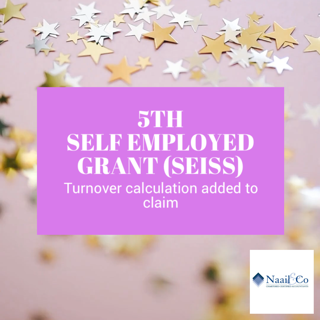
Our service to you
If you are a self employed, business owner/director of company looking to get your accountancy and taxation matters sorted, look no further. We, at Naail & Co, are pro-active and easily accessible accountants and tax advisors, who will not only ensure that all your filing obligations are up to date with Companies House and HMRC, but also you do not pay a penny more in taxes than you have to. We work on a fixed fee basis and provide same day response to all your phone and email enquiries. We will also allocate a designated accounts manager who would have better understanding of your and business financial and taxation affairs. Book a free consultation call using the link below.
Related pages:
Get further information from the following pages;
Related Blogs:
Get further information from the following blogs;
Turnover calculation added to 5th self employed grant
Furlough & Grant Fraud: HMRC taskforce to recover £1bn
Furlough support if your deadline is missed
Furlough & SEISS Grant- Report & results
Subscribe to our newsletter
BUSINESS HOURS
Monday – Friday
- 9:00 am – 5:30 pm
Pages:
Menu



